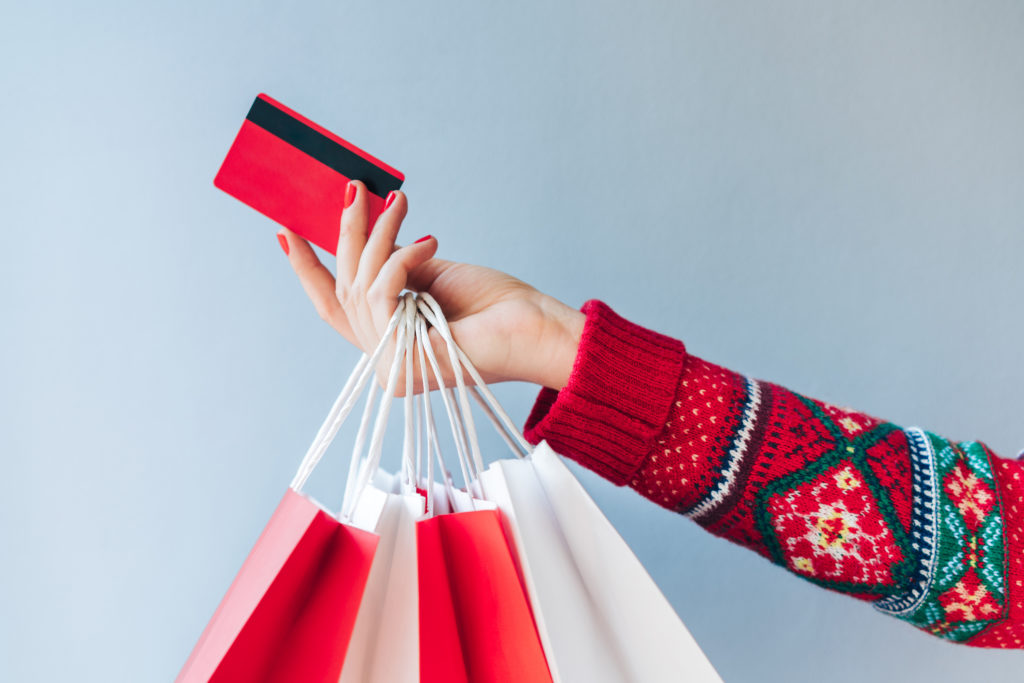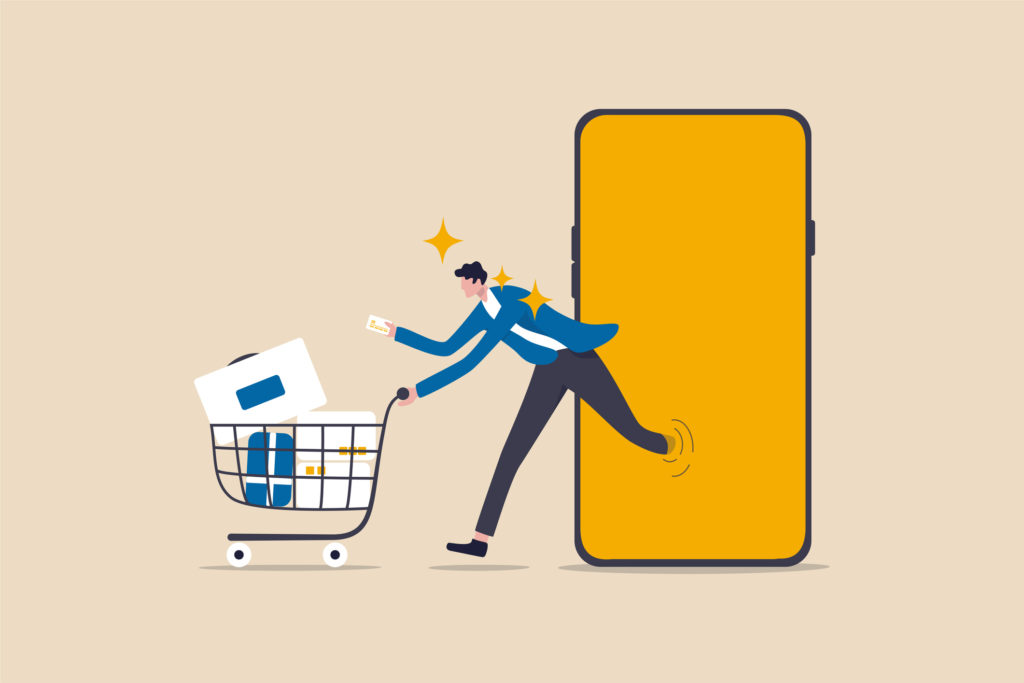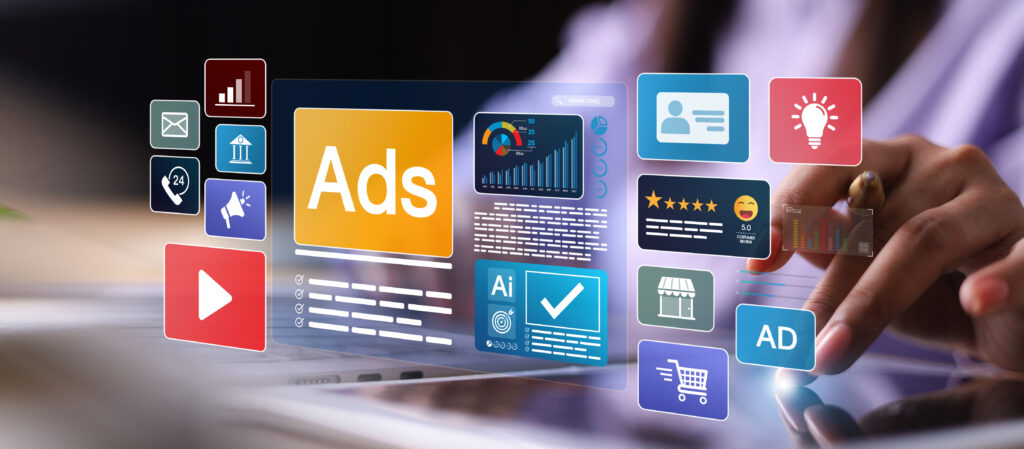ecommerce
“New Normal” Holiday Shopping Trends
Staying on top of the changing shopping trends is a challenge, especially after a global pandemic. As the second year of the pandemic draws to a close, we’re unfortunately far from seeing the end of this era, which has brought with it a slew of new shopping trends in global commerce. The “new normal” is…
Holiday E-Commerce Tips: How to Prepare Your Site for Shopping Season
There are several holiday e-commerce tips to consider this year. Successful holiday e-commerce strategies involve optimizing a website for mobile users, creating holiday-themed content, and offering special promotions. Implementing a robust email marketing campaign to highlight deals and gift ideas is crucial. Enhancing customer service with chat support and clear shipping policies can improve the…












